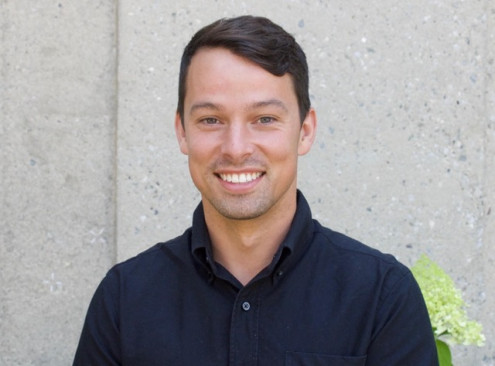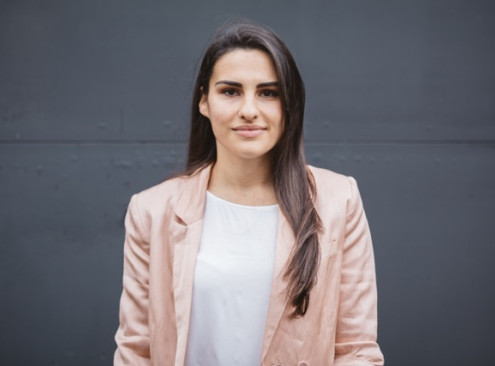© Pint of Science, 2026. All rights reserved.
New approaches to treat depression, insomnia and other brain disorders provide hope for millions who suffer from the seemingly incurable.
Cannabinol (CBN) for insomnia disorder
Ms Isobel Lavender
(PhD Candidate, The University of Sydney)
Medicinal cannabis and cannabinol (CBN), by-product of aged delta-9-tetrahydrocannabinol (THC), are widely purported to improve sleep. Isobel will discuss underlying mechanisms and evidence to support claims.
Isobel graduated from the Australian National University with an Honours degree in Psychology in 2019. In 2021, Isobel begun her PhD candidature, at the University of Sydney, to examine cannabinoid cannabinol (CBN) as treatment for insomnia disorder.
Isobel graduated from the Australian National University with an Honours degree in Psychology in 2019. In 2021, Isobel begun her PhD candidature, at the University of Sydney, to examine cannabinoid cannabinol (CBN) as treatment for insomnia disorder.
The Psychedelic medicines revolution
Dr Sam Banister
(Chief Scientific Officer (CSO), Psylo)
Psychedelic medicine is emerging as a potentially revolutionary approach to the treatment of mental illness. Sam will highlight the history, science, and future of psychedelic drugs.
Sam completed his PhD in 2011 before undertaking postdoctoral studies at Stanford University in drug development. His work has led to the formation of several biotech start-ups focused on the treatment of neurological and neuropsychiatric illnesses.
Sam completed his PhD in 2011 before undertaking postdoctoral studies at Stanford University in drug development. His work has led to the formation of several biotech start-ups focused on the treatment of neurological and neuropsychiatric illnesses.

Psychedelics – Medicines for mental health
Dr Dilara Bahceci
(Research Fellow, The George Institute )
Magic mushrooms, MDMA, and LSD – these infamous drugs, given in therapy, are revolutionising treatment for depression, anxiety, PTSD, and addiction. Find out how these powerful medicines work and how they are transitioning from criminal to clinical.
Dr. Dilara Bahceci, PhD is a neuroscientist and pharmacologist specializing in medicinal cannabis, mental health, and psychedelics. She is currently working as a Research Fellow to expand research on psychedelic therapies and improve access.
Dr. Dilara Bahceci, PhD is a neuroscientist and pharmacologist specializing in medicinal cannabis, mental health, and psychedelics. She is currently working as a Research Fellow to expand research on psychedelic therapies and improve access.

Map data © OpenStreetMap contributors.